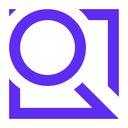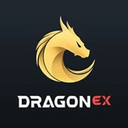- Why is æternity so innovative? State Channels Smart contracts exist only inside off chain state channels. Just in case of disagreement the smart contract code gets enforced by the æternity blockchain.
- Decentralized Oracles An oracle machine connects public real world data with smart contracts. Oracles are categorically more powerful than Turing-complete computational models. Consensus Consensus is achieved via a novel hybrid Proof-of-Work (PoW) and Proof-of-Stake (PoS) algorithm. Unique Governance æternity implements a form of futarchy, where miners vote and value-holders bet to make decisions together. Privacy For many business applications it's crucial to have their transactions not recorded in public. Smart contracts touch the blockchain only in case of disagreement, acting like a self-arbitrating crypto court. Security State-of-the-art cryptographic datastructures and unparalleled decentralization provide efficiency and eliminate every single-point-of-failure.














